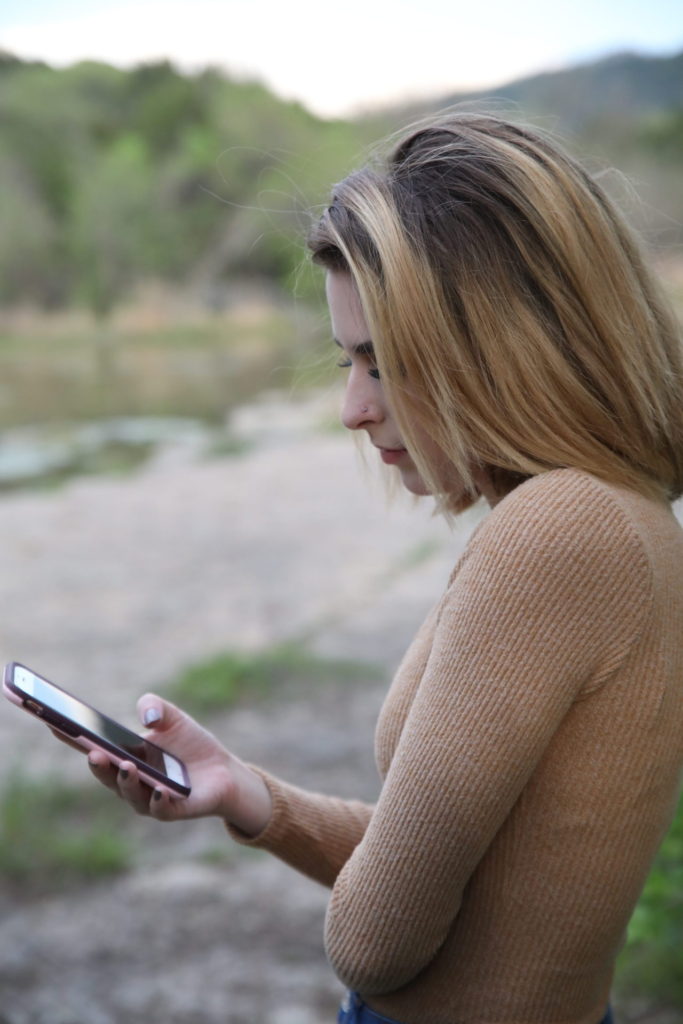Publications
Social Media in Citizen-Led Disaster Response
Macy Shepard
2019/02/02

Hi there! Macy Shepard here. I am a recent graduate from The Moody College of Communication at UT Austin. I have a question for you – Do you love social media? If so, please keep reading! I think you will love this post.
To answer the question above, who doesn’t love social media? I feel like our society today is completely enthralled with it. Some people like to say it has become too much of a distraction, but we shouldn’t be so quick to think that the increase of social media is a bad thing. During a study conducted at UT Austin, they found how social media platforms were actually very prevalent during a disaster. Instead of being distracting, it was a huge help. Here is why:
Citizen-led Disaster Response
Throughout this research, you will see the tremendous difference it made when individuals took it upon themselves to help during Hurricane Harvey, something called a citizen-led disaster response. The studies show how, in a crisis, it is individuals and certain groups who wanted to help. They became more cohesive, improvisational, and prosocial when faced with this out-of-nowhere disaster. There are many devices, like rugged radios, that have been utilized in the past during disasters. However, these tools are not accessible to the public. Today, there are many communication options for the public, and social media offers a primary avenue.
Study Findings
In the study, they found since there are so many platforms to chose from, it’s hard to figure out which one is most accessible by groups needing to coordinate and share information. In a disaster, there needs to be shared platforms rather than expecting people to jump back and fourth between various proprietary communication systems. It can get very confusing and messy when people try to juggle all of them in a time of chaos. Some official emergency response agencies were overwhelmed with the amount of citizen requests that had to handle quickly. They found that citizens used diverse apps and social media-related platforms during these rescues and that citizens played one of three roles: rescuer, dispatcher, or information compiler. While the citizens performed heroic tasks, there were also challenges that the study uncovered. One of the biggest issue was communication overload, which led to frustration, poor decision making, and burnout. Read more about these study findings in this article!
The Organizing & Communicating with Technology Lab. Built with WordPress.